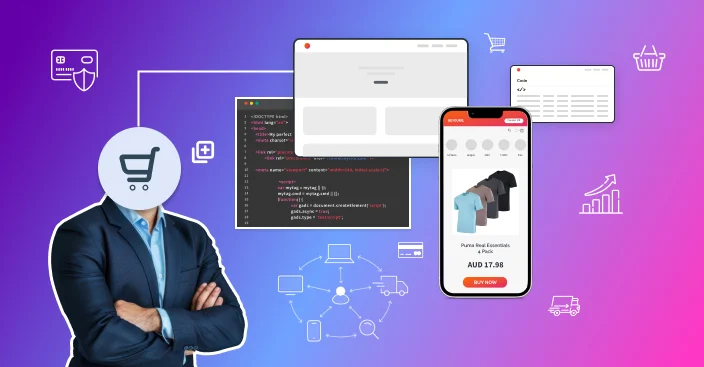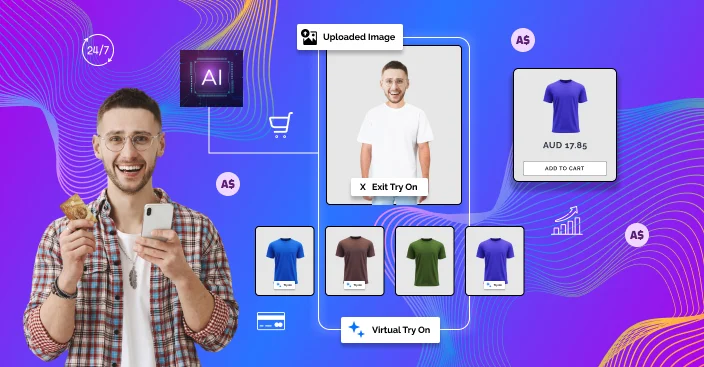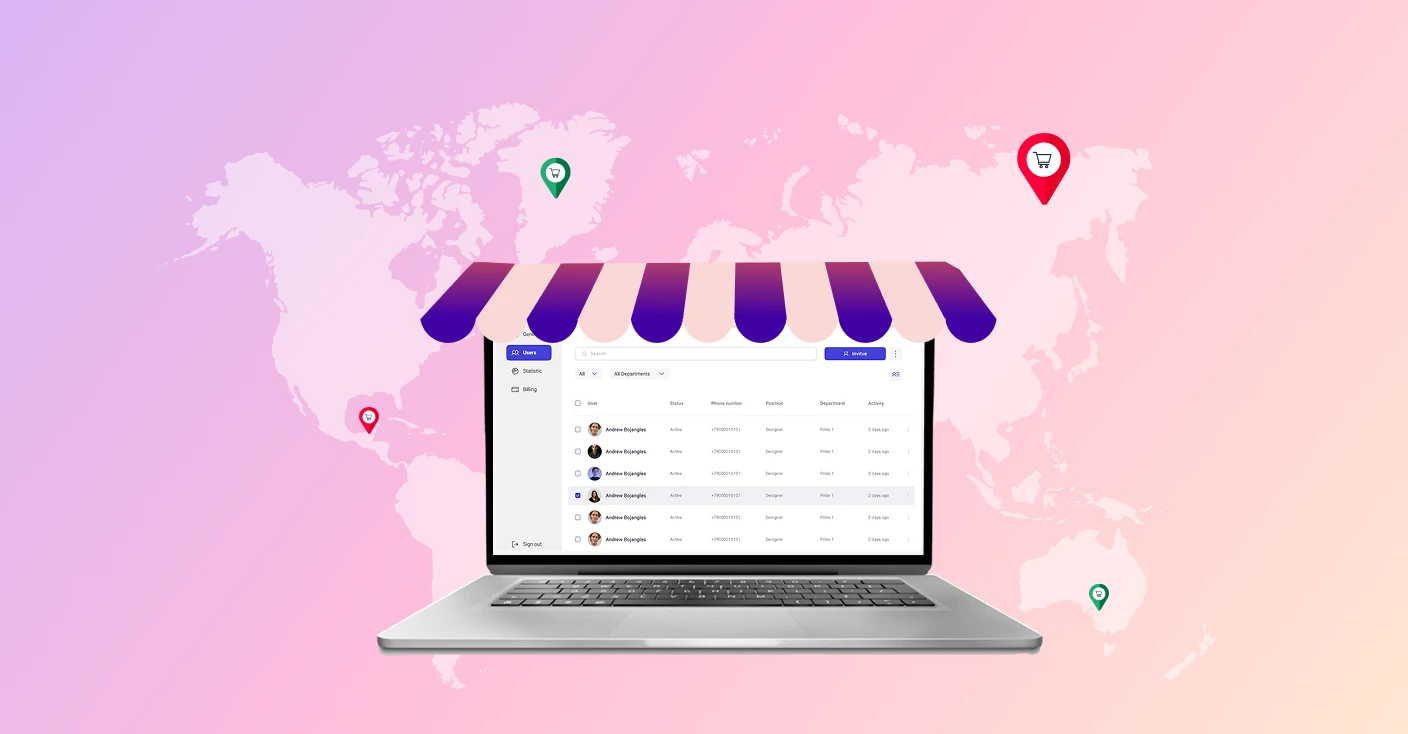Grow your eCommerce business positively with the help of the highly flexible features offered by the Adobe Magento platform.
Adobe Commerce has a proven track record of 12+ years helping businesses with solutions in different areas. They have completed over 150 projects and can create tailored shopping experiences that lead to higher sales and conversion rates.
Shopify is a top eCommerce platform known for its user-friendly interfaces and great themes that make managing online stores easy.
Pimcore is a master at effectively organising and improving data on the experience management system. With this adaptable platform, users can efficiently distribute data across multiple channels, which guarantees an excellent customer experience.
Commercetool is a great choice for efficiently managing your business. They offer custom solutions that integrate all systems based on your specific needs. It is a modern composable commerce platform with an API to simplify business operations.































